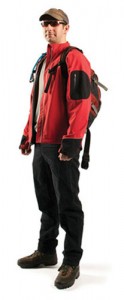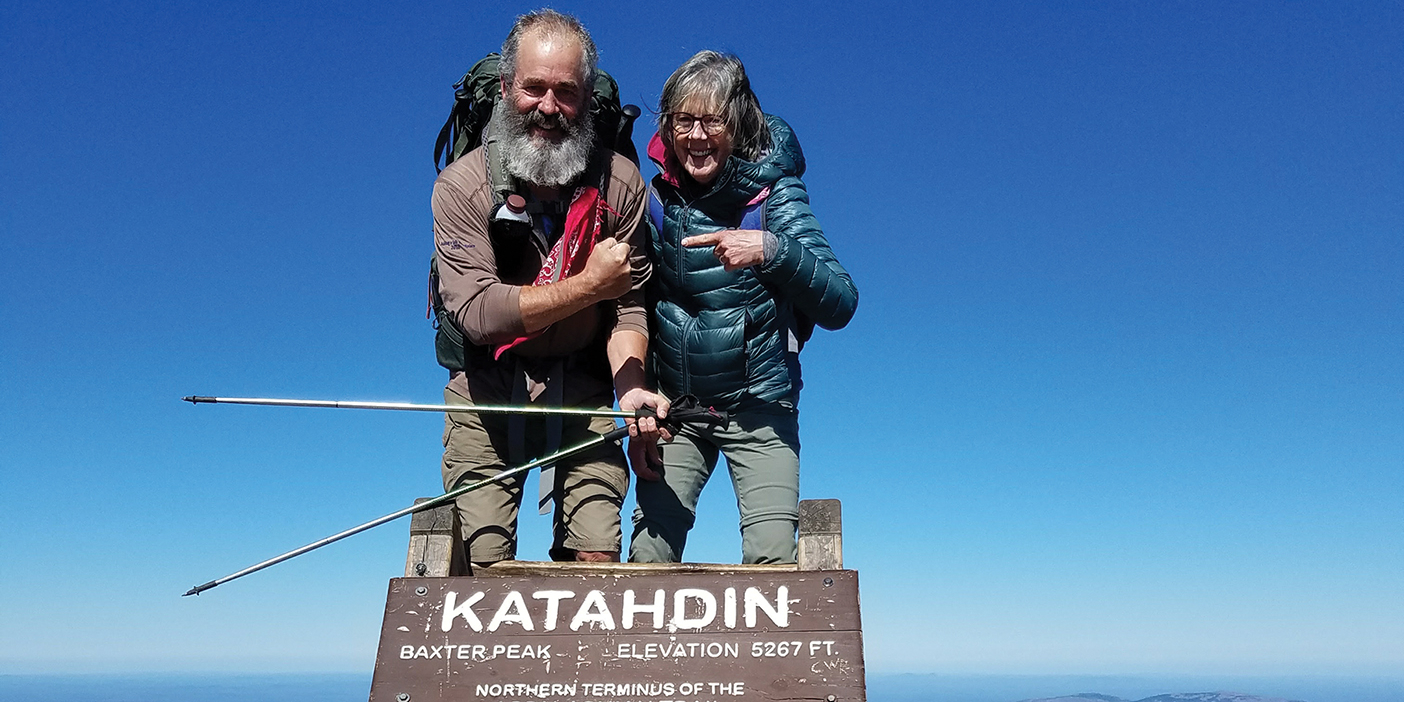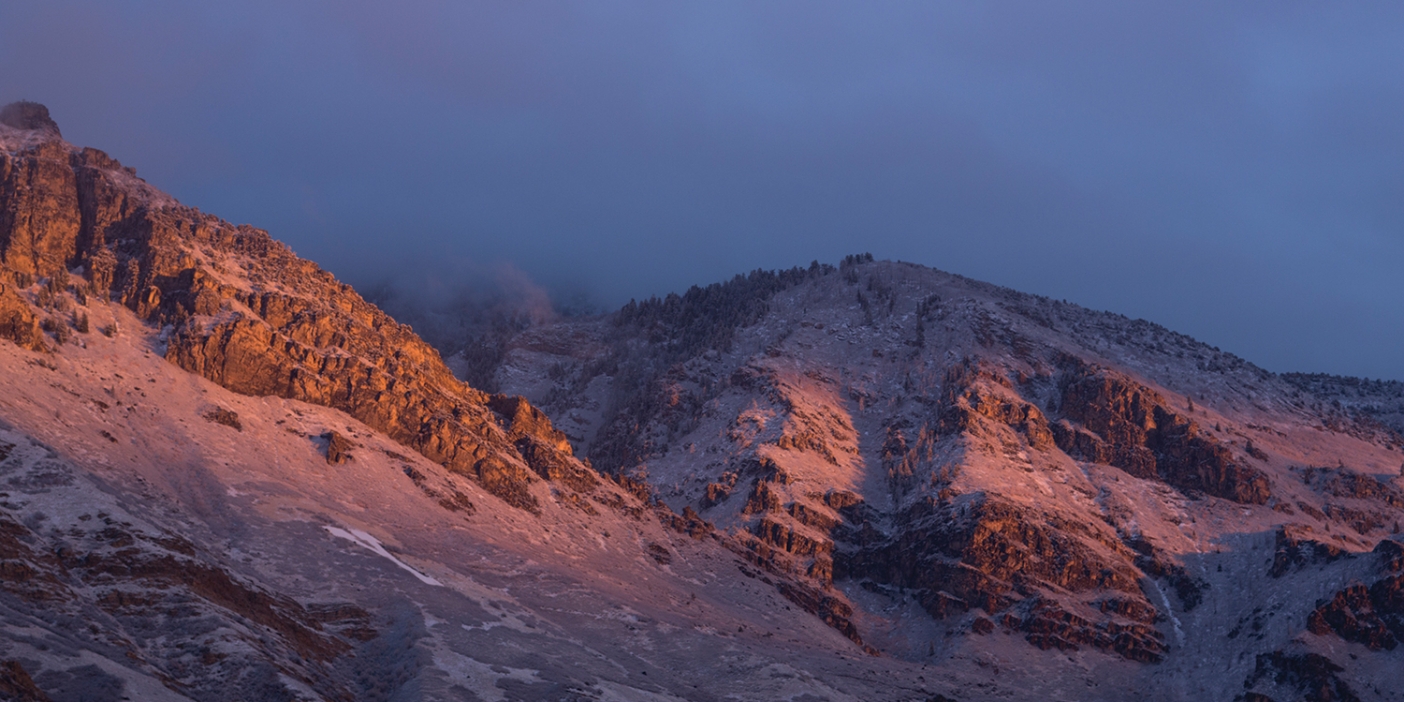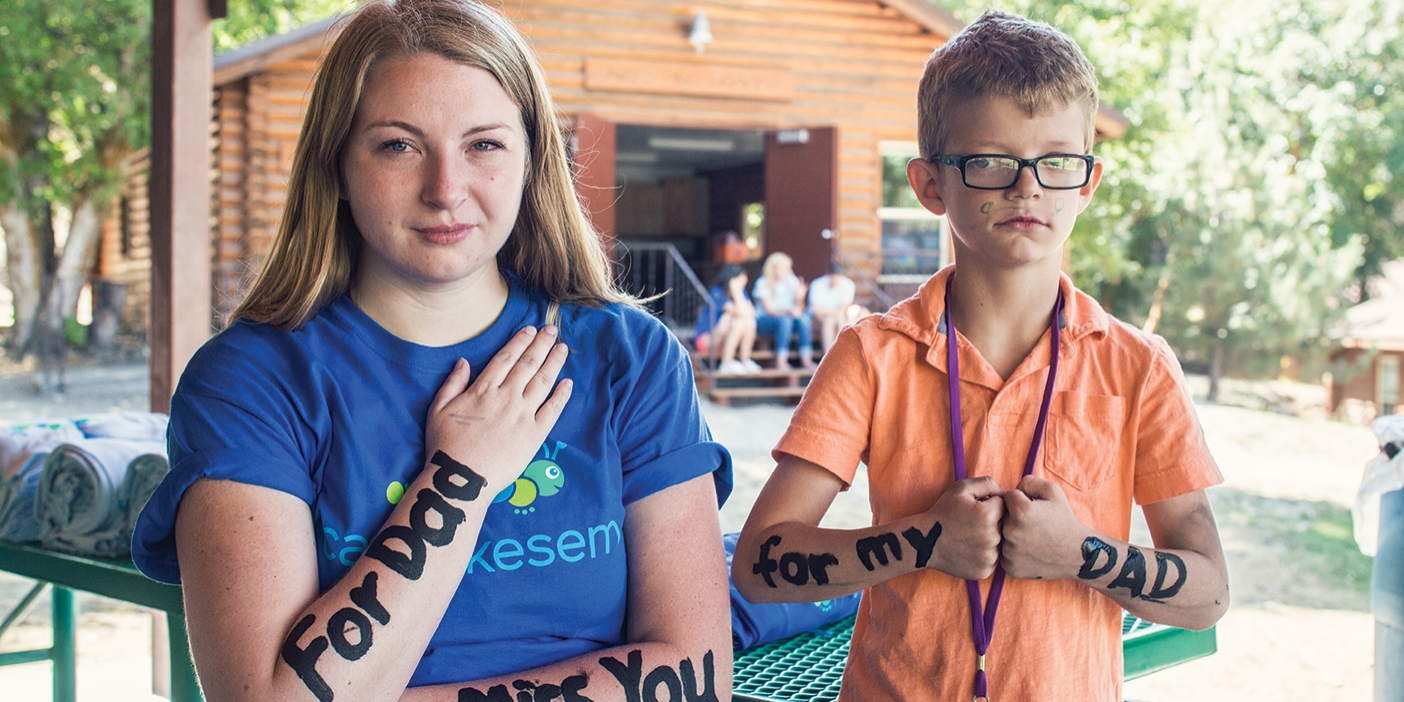
Gardner Kearsley
When Gardner T. Kearsley (BS ’98) is not managing Outdoors Unlimited, BYU’s on-campus stop for outdoor recreation equipment, he likes to hit local trails by foot, bike, or horse. He says people generally get into trouble hiking because they aren’t thinking, aren’t prepared, or don’t have the necessary experience or ability. Here are safety guidelines he offers:
Q: What essentials should you take?
A: Water. It’s very easy to become dehydrated. For every hour of activity, you should drink one liter of water or more, depending on temperature and level of exertion. Also, pack snacks you like to eat. In general, people need to eat when their body tells them they’re hungry, and they need to drink constantly.
Always carry first-aid essentials with you. For shorter hikes, take a small kit with things for small abrasions, cuts, and scrapes. For longer hikes, you should have all the things that come in a basic, good-sized kit: pain relievers, anti-nausea medication, bandages, gauze, tape, and so on. Adapt the amount you carry of each to how many people are on the hike.
Always wear or pack layers because temperatures can change quickly. A good base layer will consist of a wicking material to keep your body dry and warm. In the winter, down is highly insulative and packs light.
Q: What about navigation aids?
A: Maps, compasses, GPS units—they can all be useful. But most important is the knowledge of how to use them. Even with these tools, you should always have a basic knowledge of the area and where you’re going before you go.
Q: What’s the right level of exertion?
A: A good rule of thumb is to make sure you can carry on a conversation. Hikers should begin with shorter hikes and work up to more advanced levels of hiking.
Q: What other safety tips do you recommend?
A: It’s never good to hike by yourself. Always let others know where you’re going, when you’re leaving, and when you’re returning; then contact them when you’re back safely.
If you get lost, first find a safe place where you are sheltered but still visible so searchers can see you. Then stay put. If you’re wandering around, you could move from where they were going to search next to where they’ve already searched.
Don’t disturb animals, and try not to surprise them. Make noise, even if it’s just talking, as you go.
Trail Etiquette: When sharing the trail, those on foot have the right-of-way over bikes and motorized vehicles, says Outdoors Unlimited manager Gardner T. Kearsley (BS ’98), and those coming uphill have the right-of-way over those descending; horses, however, trump people on foot. Hikers should leave no trace, packing out what they pack in, even if it’s biodegradable.









